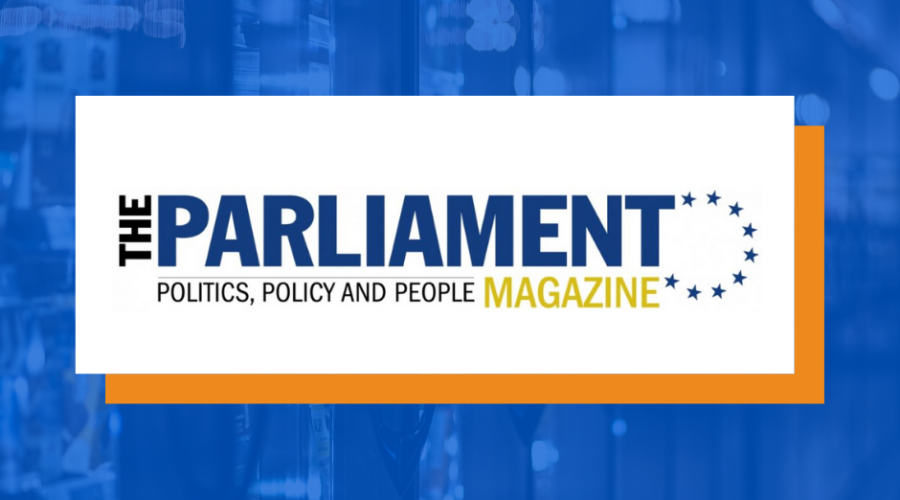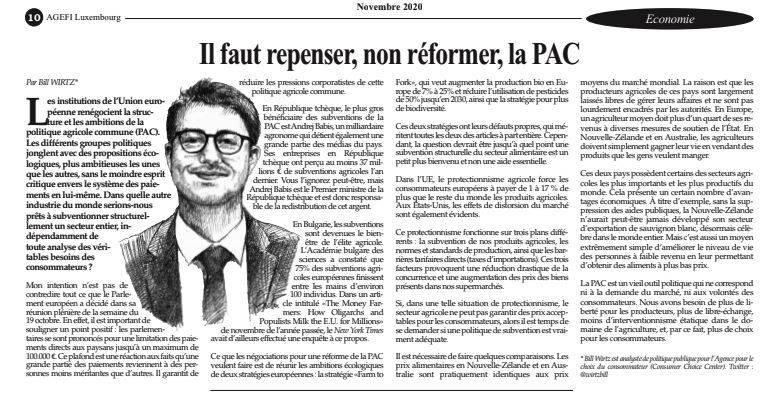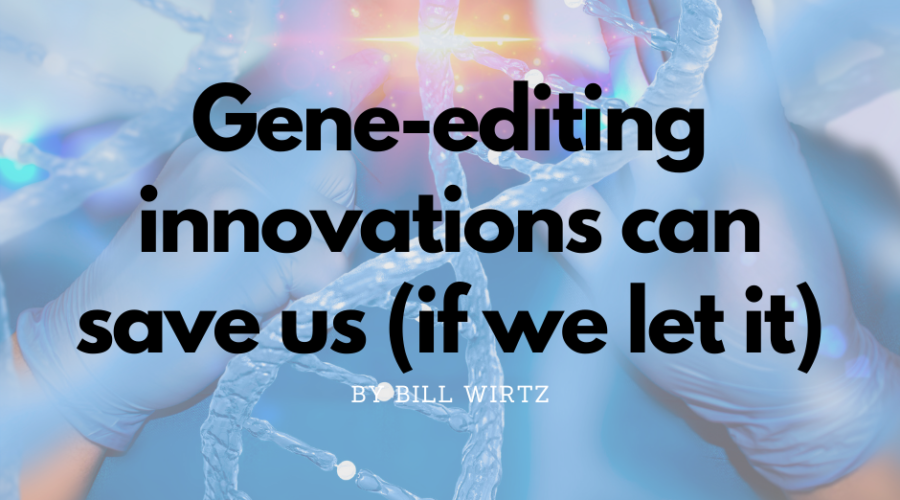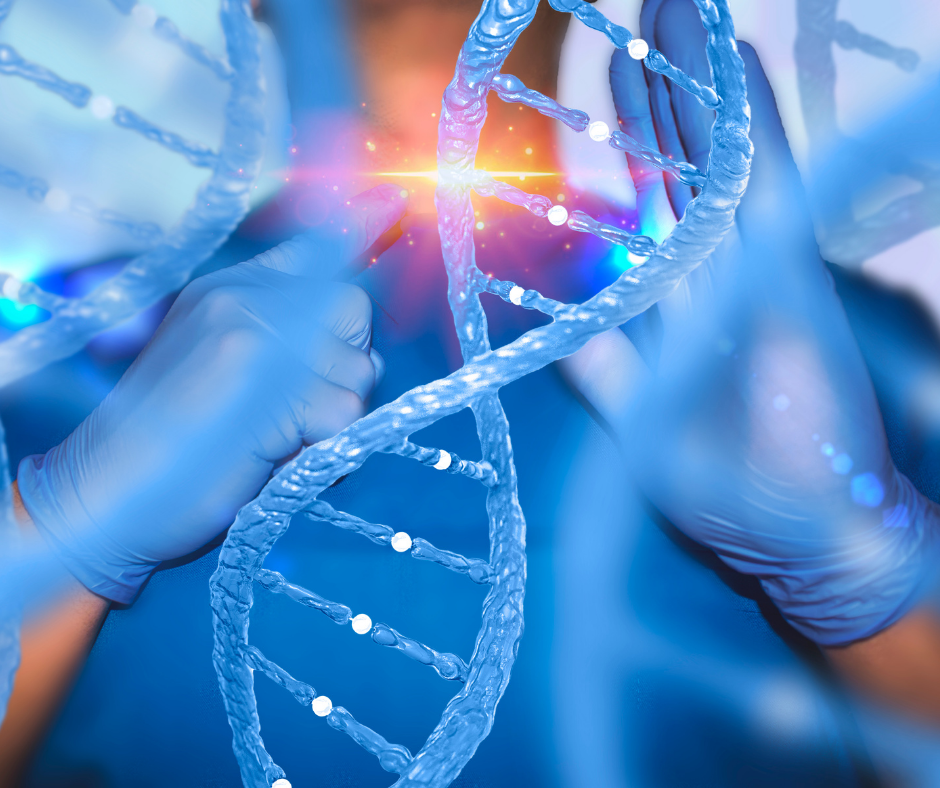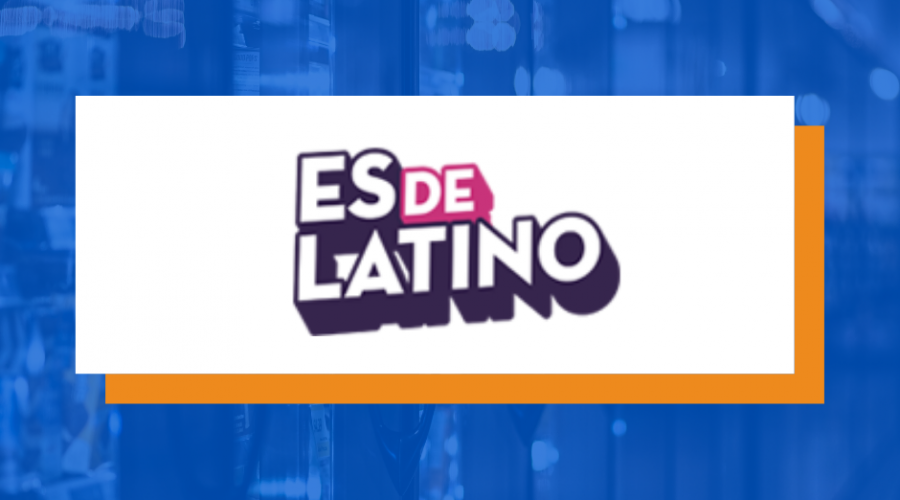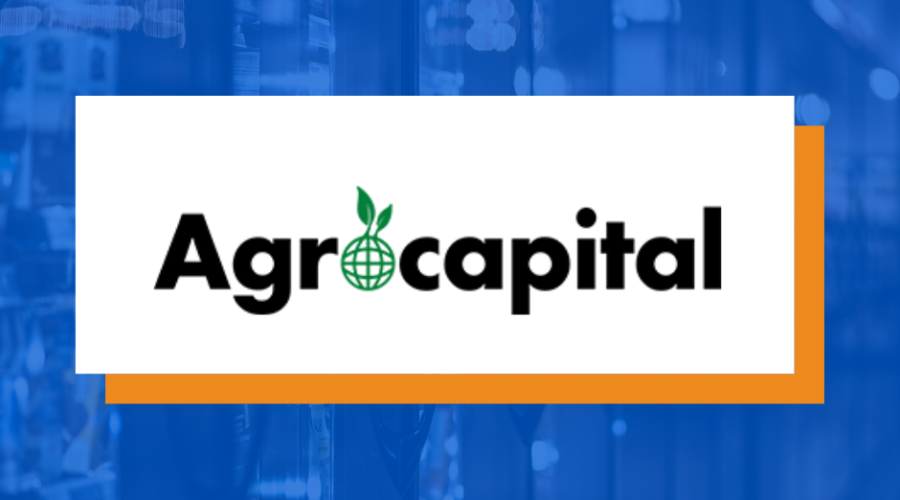Fight mycotoxin contamination with modern technology
Every consumer will know this problem: you come home from a long trip but the fruits, vegetables, and yoghurt are still in the fridge. “Expiry dates are just an industry trick to sell more food” is a thought that leads some to disregard the mould that has formed on all of these items over time, or even to consider that the food is therefore healthy.
According to a study by the University of Copenhagen, many consumers believe that mold is a sign of “naturalness”. “What is objectively referred to as dirty is less frightening to us than apples which never rot. Similarly, having dirt under one’s nails has become a sign of health”, says Kia Ditlevsen, associate professor of UCPH’s department of food and resource economics.
However, the reality is very different. Mould carries mycotoxins, which are dangerous to human health, and in some cases, can be deadly. These toxic metabolites are divided into subcategories, namely aflatoxins, ochratoxin A (OTA), fumonisins (FUM), zearalenone (ZEN), and deoxynivalenol (DON – also known as vomitoxin), which can all be ingested through eating contaminated food, including dairy products (as infected animals can carry it into milk, eggs, or meat).
In a home fridge, mould can develop through bad storage — the electricity went off for long and the cooling chain was interrupted, or direct sun exposure for a long period of time — or simple expiry of the product.
Most disconcertingly, up to 28% of all liver cancers worldwide can be attributed to aflatoxins, and its immunosuppressant features leave humans weakened against other diseases. The features have been known to modern science since the turn of the century.
In Africa, this is a deadly epidemic. Aflatoxin exposure is more deadly than exposure to malaria or tuberculosis, with 40% of all liver cancers in Africa being related to it. Mycotoxin contamination can occur through inadequate food storage, but more importantly, it occurs in the absence of the correct crop protection measures, including chemicals.
In modern agriculture, we prevent most of the exposure to mycotoxins by using fungicides. However, chemical crop protection products have been seen with increasingly critical eyes. All too often, those calling for bans of XYZ chemical pretend that farmers ought just use “an alternative”, but all too regularly these alternatives do not exist, or have, as with the example of genetic engineering, been outlawed already.
Gene-editing technologies such as CRISPR-Cas9 can help solve farm safety concerns such as the ones raised by fungi. Fungal pathogens, such as Fusarium proliferatum, which attacks diverse crops, including wheat, maize, rice, asparagus, date palm, garlic, onion, can be studied and better understood using this technology. In the case of Fusarium oxysporum, which befalls both plants and animals, gene-editing can disrupt the genes of interests. A different method of genetic engineering, known as gene-silencing (arrived to through a method known as RNA interference), can create aflatoxin-free transgenic maize. Particularly for developing nations, this would mark a breakthrough improvement of consumer health and food security.
However, if the European Union keeps its current legislation on genetic engineering, and goes even further by exporting these rules and regulations to development aid partners in Africa, then these innovations will not be of use to consumers domestic and abroad. In order to tap into the potential of the gene-revolution, we need to change outdated legislation and Europe and usher in a new century of biotechnology.
We owe it to ourselves.

